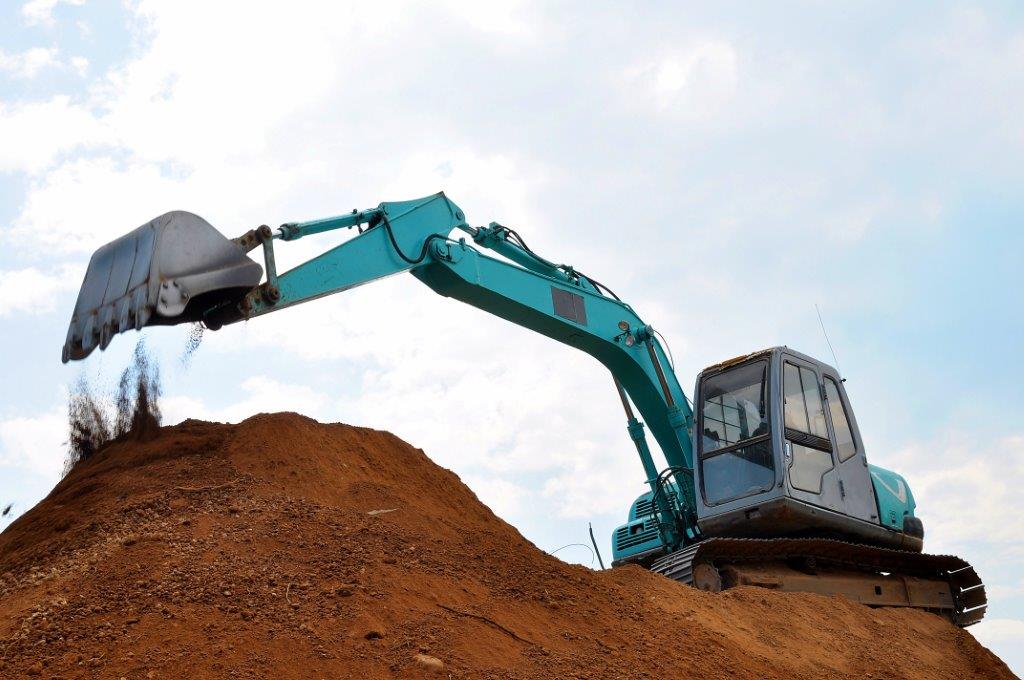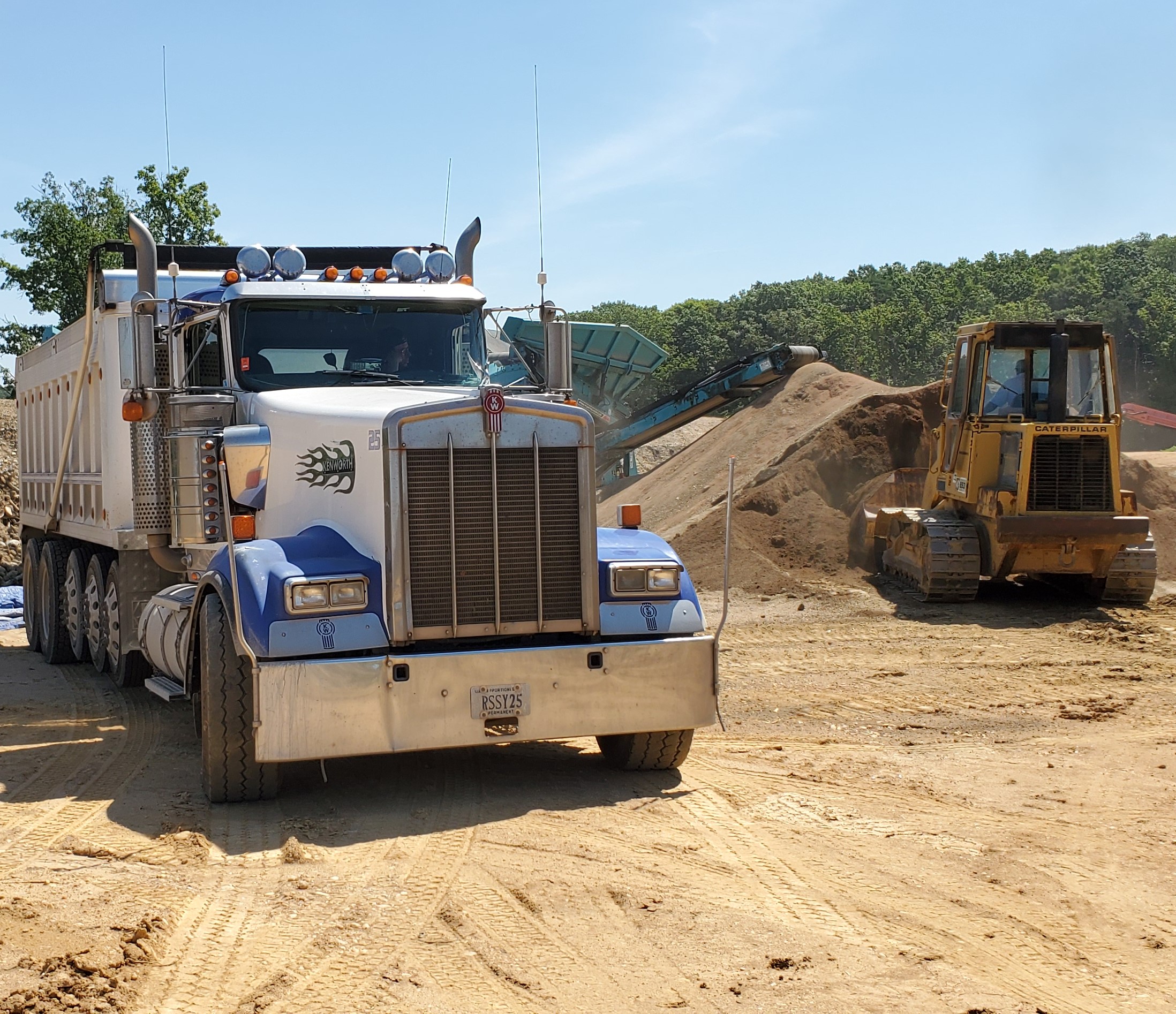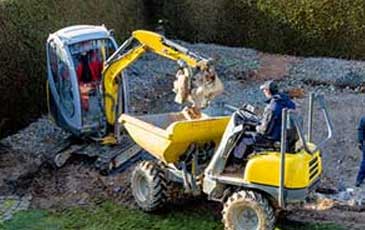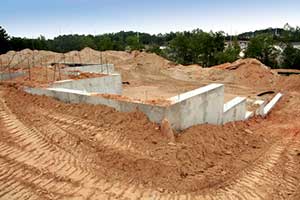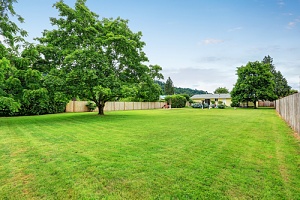When it comes to selecting a type of soil or dirt for a particular project, adequate care has to be taken so that one does not attempt using a square peg to fill a round hole. Dirt is used for various purposes, and just as they may sometimes look the same, dirt is not just dirt. As we continue to read, we will discover the unique properties of each dirt and when, where and how to place the materials for best results.
General Comments
The kind of dirt you require to construct a road will not be the same suitable for growing crops in your garden. Using the wrong kind of dirt for a particular purpose may lead to untold disaster. It becomes imperative distinguishing between fill dirt for road and building construction and topsoil for supporting plant life. Different dirt contains different materials and will provide different results.
Topsoil Definition
Topsoil is the layer of earth that you see directly underneath your feet; its composition varies from place to place, and this is why you cannot just easily get good topsoil from anywhere. If planting a garden or lawn is your goal, then it is important you get very rich topsoil from a company like Dirt Connections.
Highly rich topsoil will be very dark, and this darkness is a result of the decaying plant and animal remains present in it. Topsoil contains carbon, nitrogen, phosphorus, and potassium needed for plant growth, as well as an adequate water retention capacity.
Good topsoil well cleaned and screened by a topsoil screener will contain silt, sand, clay, and organic matter in appropriate proportions that best serve the purpose for which you need them.
Topsoil Uses
If your project is to support the growth of vegetation or landscaping, then topsoil is what you need. Topsoil provides the nutrients and organic matter required for plant growth.
What is Fill Dirt
Fill dirt is dirt found in the layer of earth beneath the topsoil. It is the underlying subsoil gotten when you dig to some depth below the top surface of the earth, and this layer is characterized by sand, clay, and rocks. Since this layer is far below the reach of plants and animals, very little or no organic matter will be found in fill dirt.
Construction & Fill Dirt
Fill dirt is mostly obtained during earth excavation or leveling for construction purposes. Fill dirt is a suitable material for foundations of building to rest upon due to its stability. Since there is no organic matter content, then there will be no empty pockets formed over time, which will result in shifting and settling.
Fill dirt offers very little fertility, and this makes it unsuitable for growing plants. But if you are looking for clean fill dirt material to fill deep holes and gaps, grading and sloping the area around your home, then fill dirt is the right choice for you.
Uses of Fill Dirt
The uses of fill dirt are directed towards construction. Fill dirt offers a safe and stable material for the foundations of structures. The safety and stability of fill dirt come from its deficiency in organic matter content. The compactability of fill dirt allows for the backfill of retaining walls, swimming pools, foundations and road constructions.
Additional Uses
Apart from foundations, fill dirt is also used in grading and sloping the areas around a home. The areas immediately surrounding a property may be too low, and then there is a need to raise it to slope outwards away from the building. This is to improve the drainage, as water dropping in the surroundings will flow in the direction of the slope. Clean fill dirt can be used to accomplish this purpose.
Fill dirt consists of a mixture of broken down rocks, sand and clay. It contains little fertility for plants to grow, or any organic matter. There are still many reasons you would want to select fill dirt for your project. Topsoil contains organic matter and is likely to shift or settle over time.
Where to Find Topsoil
At the top surface of the earth, we have grasses, trees, and crops growing, this is called topsoil. Plants can only grow in a kind of soil that has adequate nutrients, organic matter, air, and moisture content necessary for their growth and development, and all these are found at this uppermost layer of the earth. Organic matter, also known as humus or compost, is highly essential for plants to do well, so when you are thinking about planting a garden or a beautiful lawn around your home, topsoil is what you should look for.
Where to find Fill Dirt
Fill dirt is dirt found in the layer of earth beneath the topsoil. It is the underlying subsoil gotten when you dig to some depth below the top surface of the earth, and this layer is characterized by sand, clay, and rocks. Since this layer is far below the reach of plants and animals, very little or no organic matter will be found in fill dirt. Fill dirt is mostly obtained during earth excavation or leveling for construction purposes.
When to Use Topsoil
Use topsoil, if your project is to support the growth of vegetation or landscaping, then topsoil is what you need. Topsoil provides the nutrients and organic matter required for plant growth.
Topsoil is very different from fill dirt and contains various constituents. As the habitat where plants and animals live and grow, it contains the decaying remains of these two life forms. This decaying remains called compost, or organic matter is highly crucial for the growth and development of plants.
Fill Dirt & Topsoil Screener
The dirt screener is a machine used for removing unwanted materials such as rocks and plant roots and all other debris from topsoil and breaking down large chunks to form a loose consistency. When ordering for a topsoil delivery, confirm if the topsoil is well screened before making your order. At Dirt Connections, we offer unscreened and screened materials.
Fill Dirt vs. Topsoil Prices
Just as there is a difference between fill dirt and topsoil because of their composition, there is also a price variation between these two important materials. Topsoil tends to cost more than fill dirt, but it depends on what type of topsoil or fill dirt you are ordering. There is also a delivery charge to consider.
Choosing Between Topsoil and Fill Dirt
When deciding between topsoil and fill dirt for your project, it’s essential to understand their distinct uses. Topsoil is ideal for planting and landscaping, providing the necessary nutrients and organic matter. Fill dirt, on the other hand, is best for construction purposes, offering stability without fertility. Topsoil is richer and more expensive, while fill dirt is more affordable. Consider your project’s needs to select the appropriate material for the best results.
Summary

As you can see both materials provide different benefits. Determine what is best for you and give us a call. If you do not know what type of fill dirt or topsoil to use for your project, ask our experts at Dirt Connections. You can send an send an email to info@dirtconnections.com.

